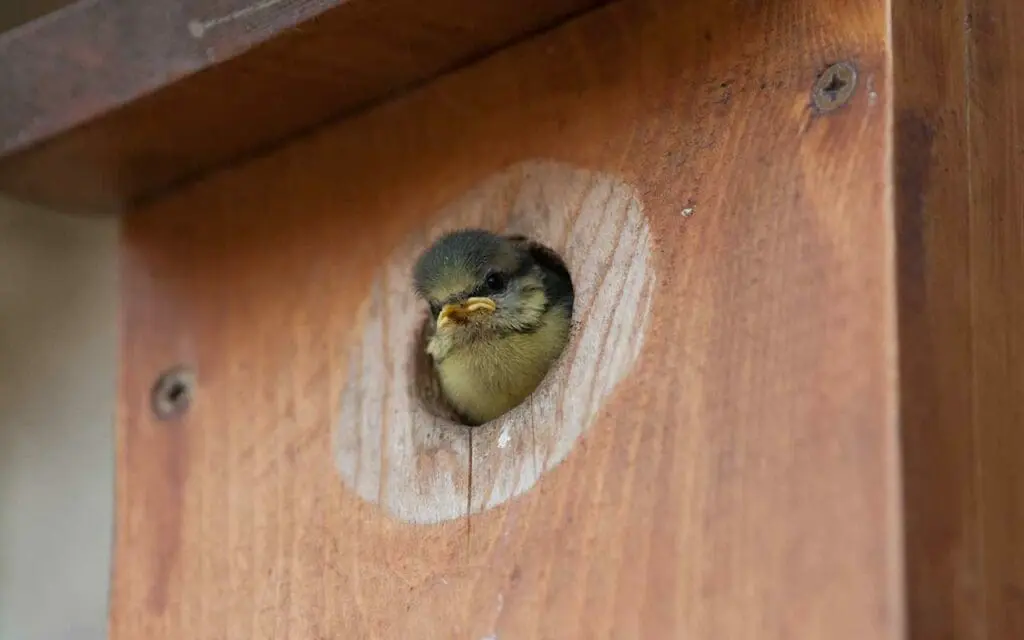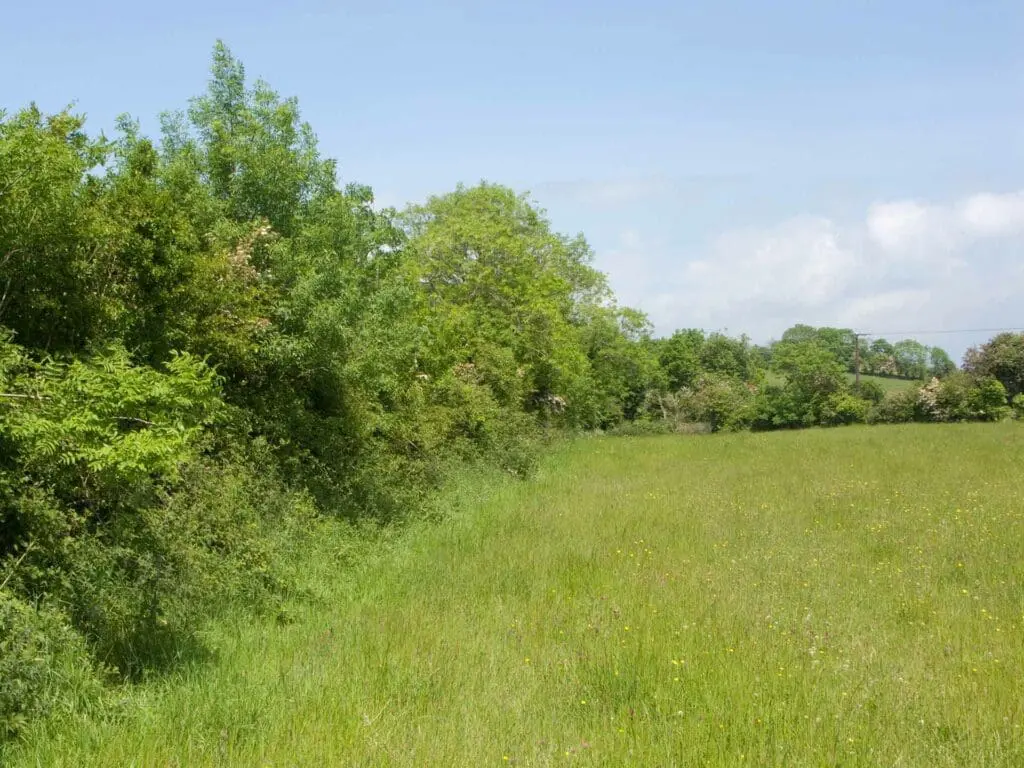We often consider gardening something that we do for ourselves. And this is great. Gardening for bees (and us) is one way we can give something back to a group of creatures we depend on.
Bees are well known for their honey, but there’s more to these wonderfully diverse insects than providing Winnie the Pooh with his favourite food!
There are, in fact, over 250 species of bee in the UK – honey bees, bumblebees, even masons, carpenters and miners!
Without bees, our existence could be very precarious. Our climate and landscape would almost certainly look and feel very different from the way we know it. It has been suggested that bees pollinate about one-third of the food we eat, including most fruit and vegetables.
Unfortunately, bee populations are declining. Although some of the reasons for this are not certain, it is believed that loss of habitat, pesticides and disease are playing a big part in their decline. With less suitable habitat, like hedgerows and meadows, there is less pollen and, therefore, less food for the bees to collect.
Ideas for a bee friendly garden
We can help wildlife without making much effort at all. Regardless of the size of your garden, even if you only have a window box, simply getting out and doing one or two things can make a real difference.
- Plant lots of bee-friendly plants. They don’t have to be native, but native plants also provide food for other insects like butterfly and moth caterpillars (if you don’t mind a few holes in the leaves).
- Reduce or eliminate the use of pesticides in your garden. Chemicals (both insecticides and herbicides) that kill the ‘baddies’ can also harm bees.
- Provide bees with shelter from the rain or a sudden temperature drop by allowing grass to grow a bit longer or planting dense vegetation.
- Provide water for bees – they need a drink as well! This could be a pond or even just a dish of water.
- Dispose of honey containers by recycling, but don’t leave unwashed containers outside. Honey often comes from overseas and can contain bacteria and spores harmful to our bees.
- Plant some fruit and vegetables – you will attract bees to the flowers (and they’ll do you the favour of a free pollinating service). You’ll have had a bit of exercise in the fresh air and food usually tastes better when homegrown. You’ll also be buying less at the shops so saving your hard-earned cash too!
Bees in winter
It is also good to provide suitable places for bees to ‘overwinter’. Again this could be on a scale to suit the size of your garden. There are some very simple things you could do very cheaply or for free depending on what materials you have lying around.
For example:
- If you have a decent sized log, drill different sizes of holes into it (different bee species vary in size). It is important though to drill upwards so as to stop rainwater running down into the hole.
- Bamboo canes are also good and can be bundled together. As before, different sizes are good. It should be noted that birds can be a menace to solitary bees in bamboos as they have figured out to peck the bees out. It may be worth considering covering the canes with mesh that is big enough to let bees through but keeps birds out.
- If you are lucky enough to have a good sized garden and could get your hands on some pallets, they could be securely stacked up to a safe height (roughly 4 or 5 high) and bamboos, branches, twigs, stones, etc., could be packed into different sections of the pallets to provide shelter.
- When pruning back branches of trees and shrubs, rather than taking them to the local amenity site, keep them for wildlife habitats. Even small twigs can help fill in some sections of your wildlife hotel.
- Ideally, aim to have any bee homes pointing east or southeast to catch any early rays of sunshine and warmth. This also stops any prevailing southwesterly winds cooling the bees.
- If you normally have a stack of wood outdoors for burning, try to keep the logs separate from your ‘wildlife’ habitats. Although not always possible, try to cover your pile of wood for burning so as to discourage attracting wildlife!
- Early and late pollen sources are very important for early and late bees. For example, daffodils in the spring.
- Bees are not naturally aggressive and do not set out to sting people if left well alone.
Before you go out and buy lots of material – have a rummage around your garden for suitable materials that may have previously been considered rubbish! Although, treated timber would not be suitable.




